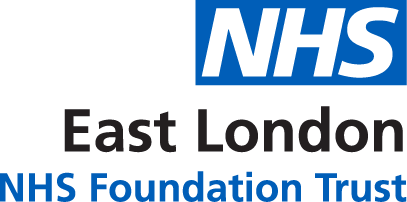Getting People Safely Home from Hospital

The Trust’s Integrated Discharge Hubs work alongside partner organisations to help safely manage the discharge of patients from hospital - and build support around the needs of the patient to prevent the need for them to be re-admitted. Bedfordshire Community Health Services (BCHS) Bedford discharge lead Leanne Welch explains how the system at Bedford and Luton & Dunstable Hospitals helps patients, NHS and social care services.
What do the discharge hubs do?
The hubs join multi-professionals together to make effective discharges for patients out of hospital to their home or to other care environments.
Who is involved?
The hub at Bedford Hospital involves a huge range of NHS professionals and colleagues from Bedford Borough Council and Central Bedfordshire Council. Roles include social workers, hospital staff, therapy staff, safeguarding staff, hospital at home team, mental health staff – to name just a few.
How do the hubs work?
Referrals come in to the hub from the wards. They are managed by ELFT staff and we triage them to see which patients need to be discharged. We have use a pathway scale of 0-4 to assess patients – with zero being a case of the patients can go home with no need for support, up to 4 which can be end of life palliative care at home or in a hospice.
Who do the hubs help?
Any adult that needs support on discharge.
It can include patients who are post-COVID, the frail and elderly, any physical conditions, long-term disabilities including cerebral palsy and some mental health conditions if the person is not subject to section under the Mental Health Act.
Are patients involved in discussions?
Yes. Before a referral is made from the wards there will have been a discussion with the patient or their relatives and that continues as we develop a discharge and support plan.
Pre-covid a member of the hub would have spoken face-to-face with the patient but we have had to adapt to prevent the spread of infection and now use the telephone for those discussions.
How many staff are involved in discharging a patient through the hub?
What patients won’t see is a lot of the work that takes place behind the scenes to help get them home, or somewhere more suitable than a hospital bed.
The referral process to the hub would involve two colleagues from the ward, the needs of the patient would then be discussed by our triage nurses, then discussed by up to seven healthcare professionals at the daily team meeting and another colleague would then coordinate the discharge.
How do the hubs help patients?
The hubs are designed to look at the bigger picture of a patient’s needs. We consider if they should be discharged from hospital and what support package is needed for them so they don’t need to be readmitted.
The hubs help connect organisations and services, working together with focus on the care – and care journey – of the individual.
It is about integrated care, collaboration, partnership and removing any ‘that’s not my role’ attitudes.
How do the hubs help the NHS and social care?
The hubs are there to help get the care right, the first time.
We work to get patients in the right place and with the right care in place for their needs.
It makes the system more efficient and more effective.
What is the role like?
Discharge planning can be incredibly fast paced, complicated, demanding and rewarding. It is a bit like Marmite – and I always go back for another bite!
The BCHS integrated discharge hubs have been shortlisted for the NHS Parliamentary Awards.
The awards are organised to celebrate NHS staff across all sectors and services that ‘go above and beyond the call of duty to make the NHS a better service.’ The ceremony is on July 7, 2021.

I repeat, Good piece.
For future consuderation...in pieces on service development...include brief
Case example/ hstory?
That's a great idea. Will bring it to life and explain practically what team offers.